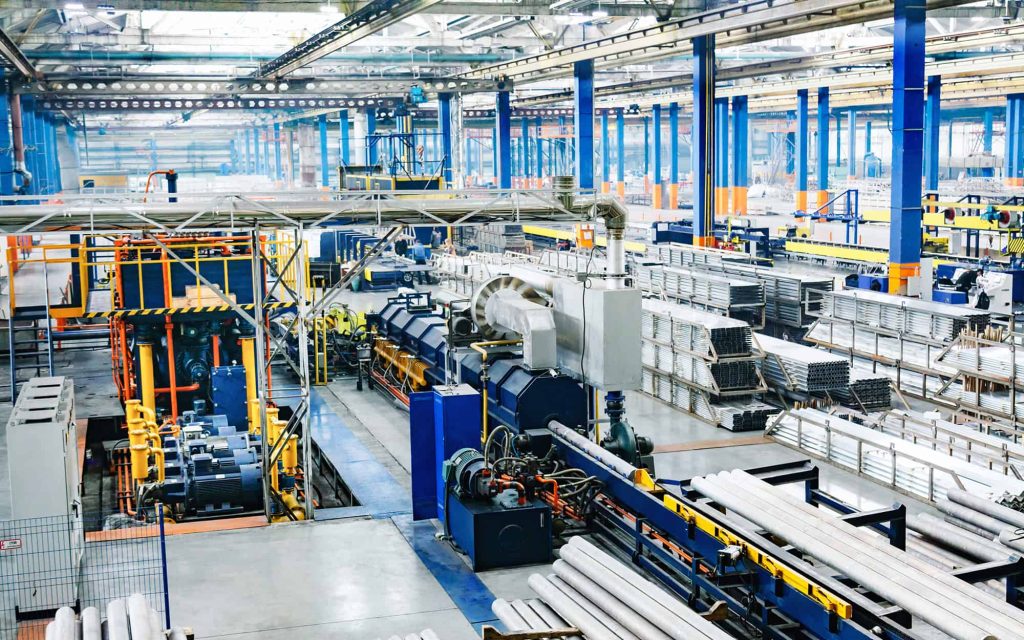
- Post-shutdown quality control (QC) testing is essential to address equipment malfunctions, environmental changes, and human error that may arise after manufacturing downtime, ensuring maintaining product standards.
- Best practices include pre-shutdown preparation, post-shutdown equipment validation, thorough QC testing, employee training refreshers, and a gradual production restart.
- Challenges such as calibration drift, equipment failures, and human error can be mitigated using automated QC systems, environmental monitoring, and calibration management software.
Manufacturing shutdowns, while necessary for employee rest and operational resets, introduce risks to product quality when operations resume. Equipment may malfunction, materials may degrade, and returning employees may require workflow recalibration. Post-shutdown QC testing is critical to identify and address these risks, ensuring smooth production and high-quality output.
Preparation before shutdown is key, including maintenance checks, inventory assessments, and up-to-date documentation. Upon restart, validating equipment through calibration and test runs, monitoring environmental conditions, and conducting raw material and in-process testing safeguard quality. Refresher training for employees and clear communication between QC and production teams further mitigate risks.
A gradual restart, beginning with small-scale production and rigorous batch testing, helps identify issues early without overwhelming systems. Tools like environmental monitoring systems, automated QC processes, and calibration management software enhance efficiency and accuracy, addressing common challenges like calibration drift and human error. By following these best practices, manufacturers can ensure quality control while navigating the complexities of post-shutdown production.


Leave a Reply
You must be logged in to post a comment.